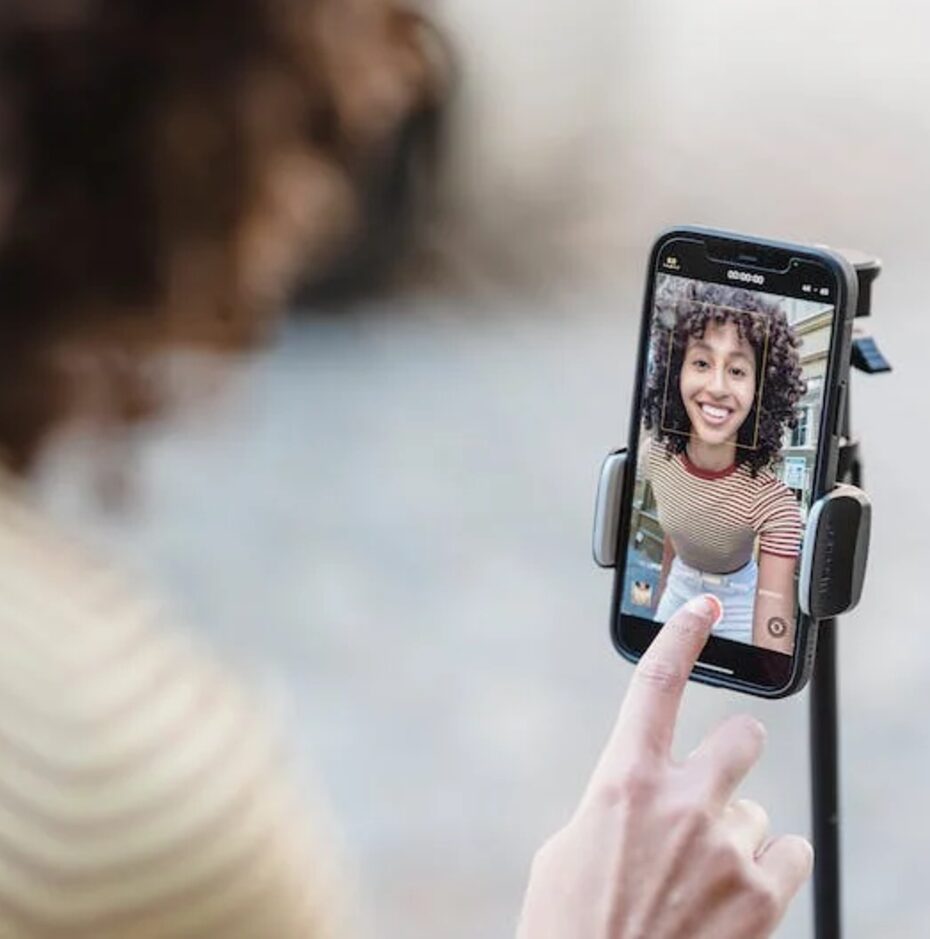In the dynamic world of influencer marketing, brands are constantly seeking innovative strategies that can amplify the impact of their campaigns. Among these, Whitelisting, also known as Allowlisting, stands out as an important strategy to efficiently extend campaign scale, ensure the attainment of key performance indicators (KPIs), and optimize partnerships with influencers.
What is Whitelisting?
Whitelisting is the process of an influencer granting a brand partner advertising access to their social media accounts – Facebook, Instagram and TikTok. This privilege allows brands to run ads directly from the influencer’s account, displaying the ads under the influencer’s handle. Whether it’s boosting the influencer’s organic brand-sponsored post or creating slightly modified ads from the original post to deliver improved performance, whitelisting has emerged as a powerful tool for amplifying influencer voices and achieving greater reach, engagement, and conversions.
Difference between Boosted and Whitelisted Ads
Boosting involves paying to promote unaltered brand-sponsored content from an influencer’s page. It is a straightforward method, effective for elevating individual posts; however, it comes with limitations. It becomes more time-consuming for larger-scale efforts, cannot be applied to Instagram Stories, and lacks the functionality for including a call-to-action (CTA) or direct links.In contrast, whitelisted ads offer brands greater flexibility. They allow for the editing of posts, the addition of CTAs, and direct linking from the post. This approach accommodates various post formats, including reels, standard posts, and stories. Noteworthy is that whitelisting retains the advantage of leveraging social proof as the ads run from the Influencer’s account, drawing on the trust established through their third-party endorsement.
Why the Use of Whitelisting is Important
Whitelisting offers several compelling advantages over traditional influencer marketing approaches.
1. Enhanced Campaign Reach
Brands can extend the reach of influencer content beyond its organic reach, exposing it to a wider audience and increasing its overall impact. Brands are also able to add call-to-action buttons like “Shop now,” change the ad copy, or even slightly edit the content to maximize performance.
2. Improved Targeting beyond Influencers’ Followers
The access granted through whitelisting allows brands to not only customize the content but leverage paid media platforms’ precise targeting based on demographics, interests, and behaviors, ensuring that influencer content reaches the most relevant audience, optimizing its effectiveness.
3. Cost-Effectiveness and Efficiency
Whitelisting can be a cost-effective way to expand the reach of influencer content, as it utilizes existing paid media budgets to deliver lower-cost impressions, eliminating the need for additional influencer partnerships or content creation, and making it a resource-efficient strategy.
4. Improved Performance Measurement
Paid media platforms provide comprehensive analytics, enabling brands to track the performance of influencer content in real-time.
5. Media Strategy Integration
Whitelisting allows brands to seamlessly integrate influencer content into their overall paid media strategies, ensuring consistency and alignment with brand messaging. Brands maintain control over the targeting, placement, and optimization of influencer content.
Whitelisting is Beneficial for Influencers Too
Creators need to trust the brands that will be whitelisting their content since they can change the meaning of a post. To ensure an understanding of expectations, influencers and brands should make sure to have a contract illustrating what is required of each side, such as approvals needed, influencer review timing, etc. With established trust between the brand and the creator, whitelisting offers benefits to the creator that outweigh potential risks:
- While funded by the brand, whitelisting allows influencers to extend their reach to the brand’s target audience, driving new traffic to their account and increasing engagement.
- With brands managing the whitelisting process and ads, influencers spend less time managing branded posts.
- Savvy influencers charge additional fees for increased access to their accounts and content licensing, an incremental income source.
Coordinating with brands in this manner tends to build trust and longer-term partnerships with reputable brands.
Key Considerations When Contemplating Whitelisting
Define Clear Goals
Clearly articulate the goals of the whitelisting campaign, whether it’s increasing brand awareness, driving traffic, and/or boosting sales. This will guide the selection of influencers, content creation, and targeting strategies.
Identify the Right Influencers
Partner with influencers aligned with your brand’s values, target audience, and overall marketing strategy.
Create High-Quality Content
Work with influencers to produce engaging content that is informative, authentic, and aligned with your target audience’s interests.
Track and Measure Performance
Continuously monitor the performance of whitelisted influencer content, using data-driven insights to refine your strategies and optimize results.
Whitelisting: A Strategic Investment
Whitelisting has emerged as a powerful means to amplify influencer voices, expand reach, and achieve greater impact. Investing in whitelisting is a strategic decision that can significantly enhance the effectiveness of a brand’s influencer marketing campaigns. By amplifying influencer content through paid media, brands can achieve greater reach, engagement, and conversions, ultimately driving business growth and achieving their marketing objectives.
